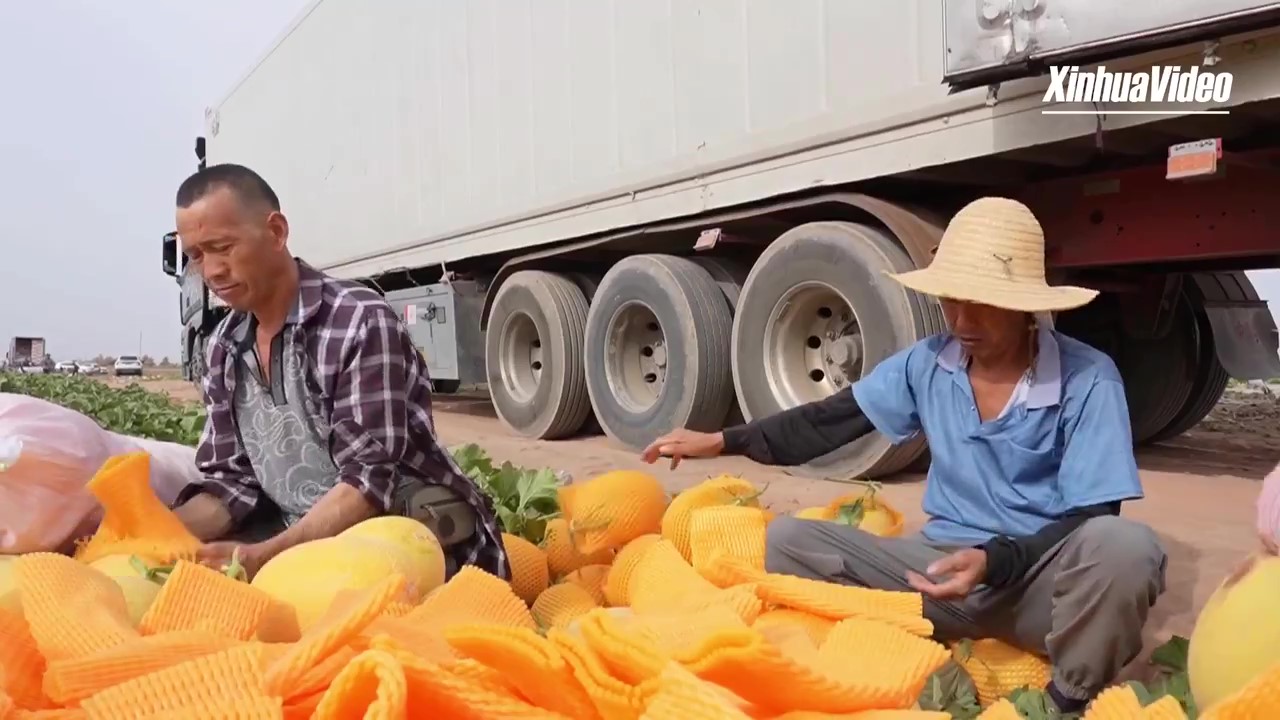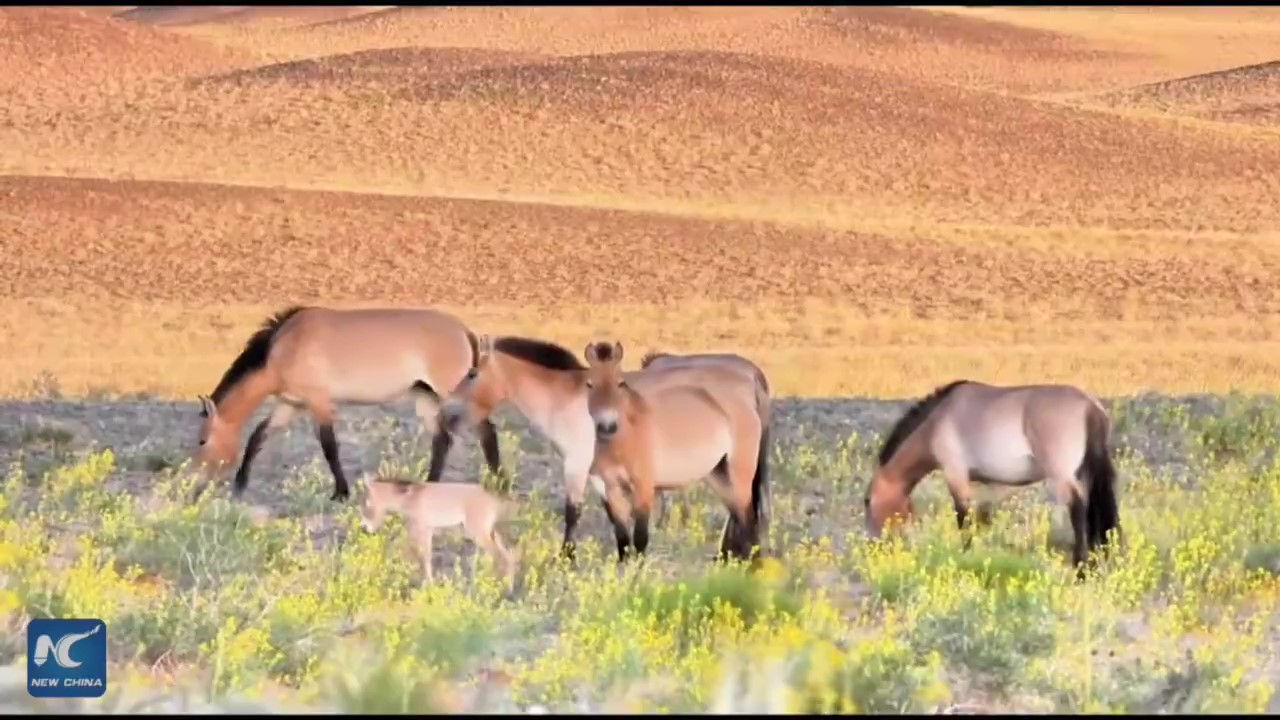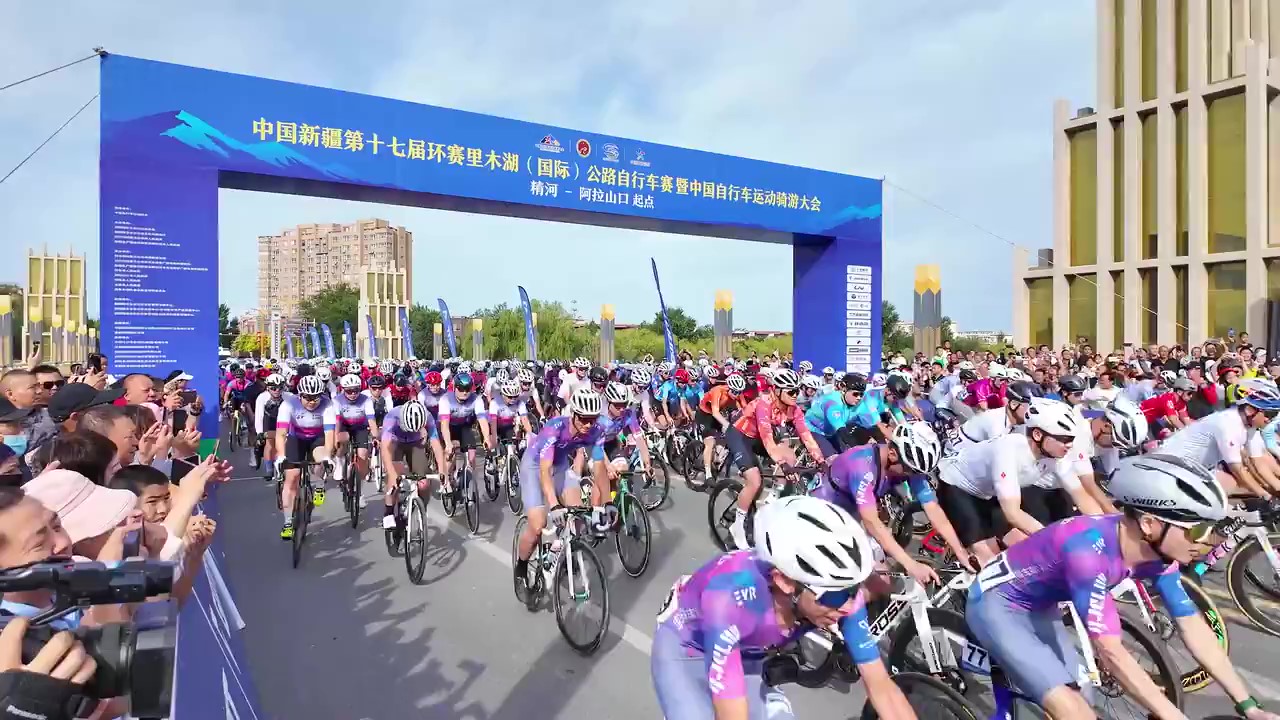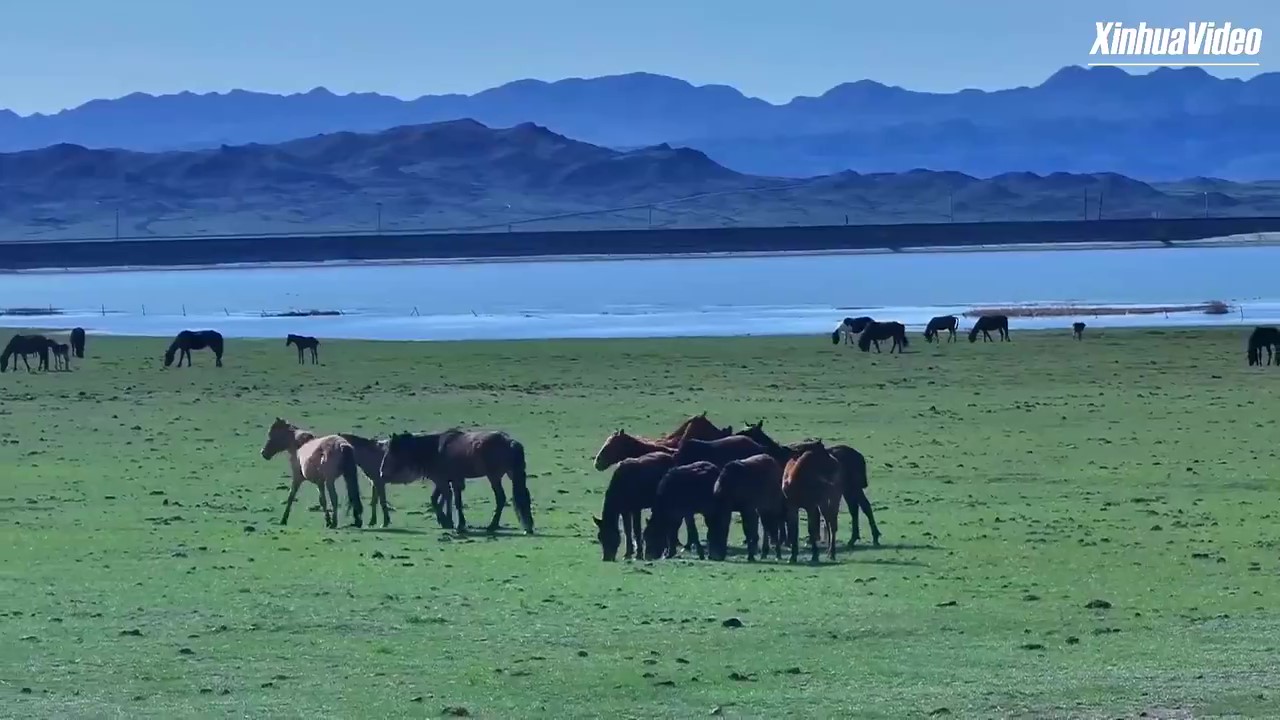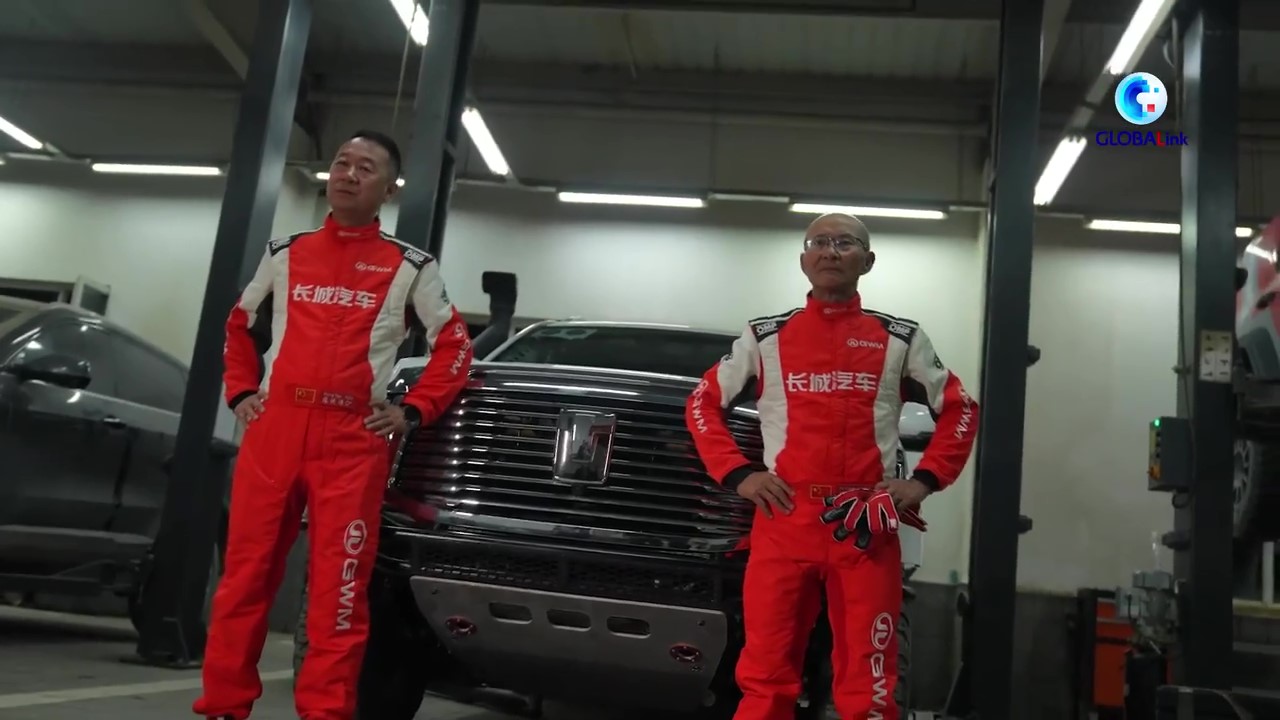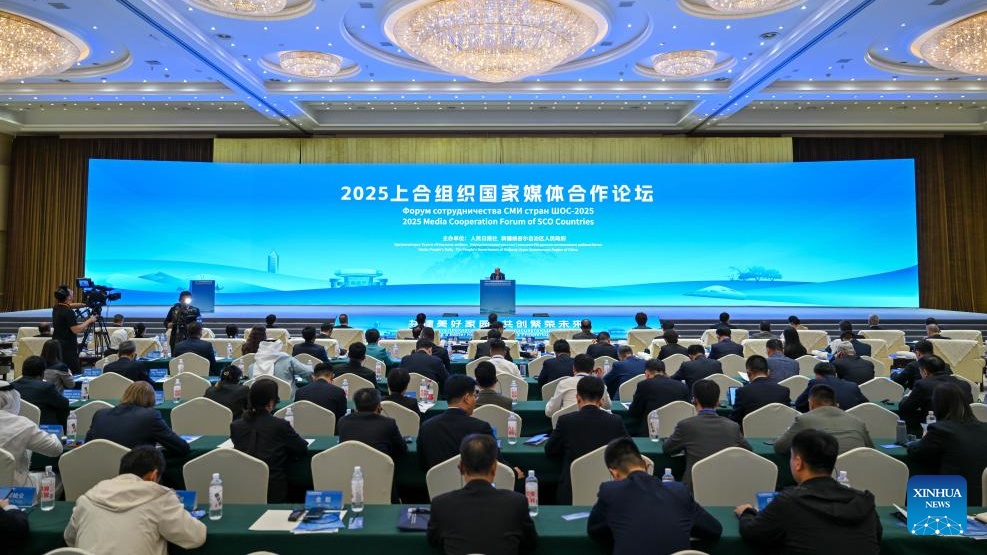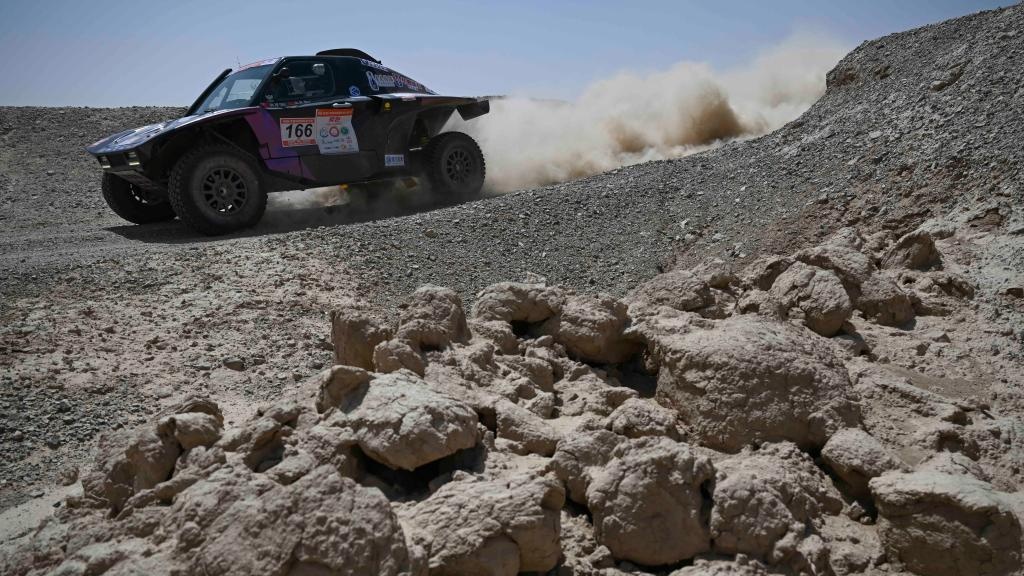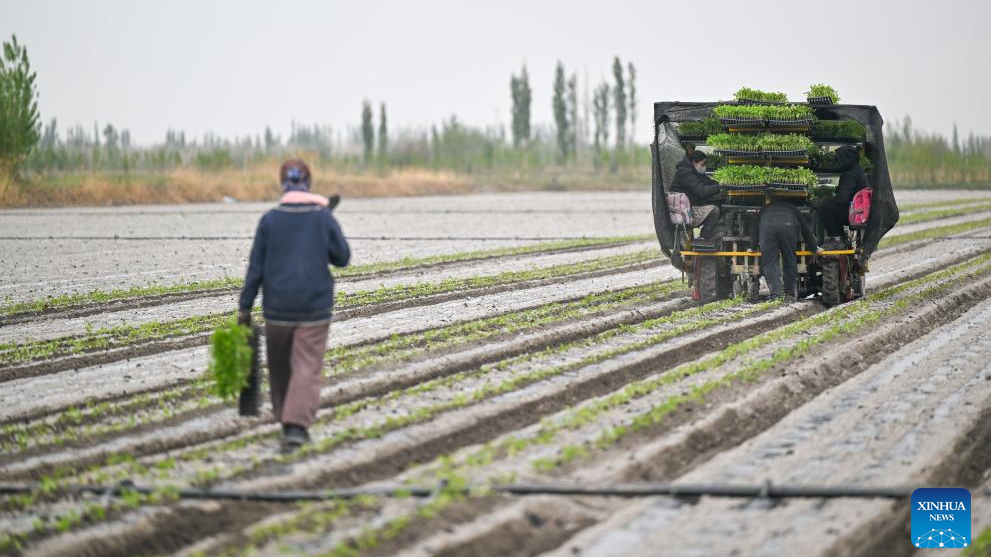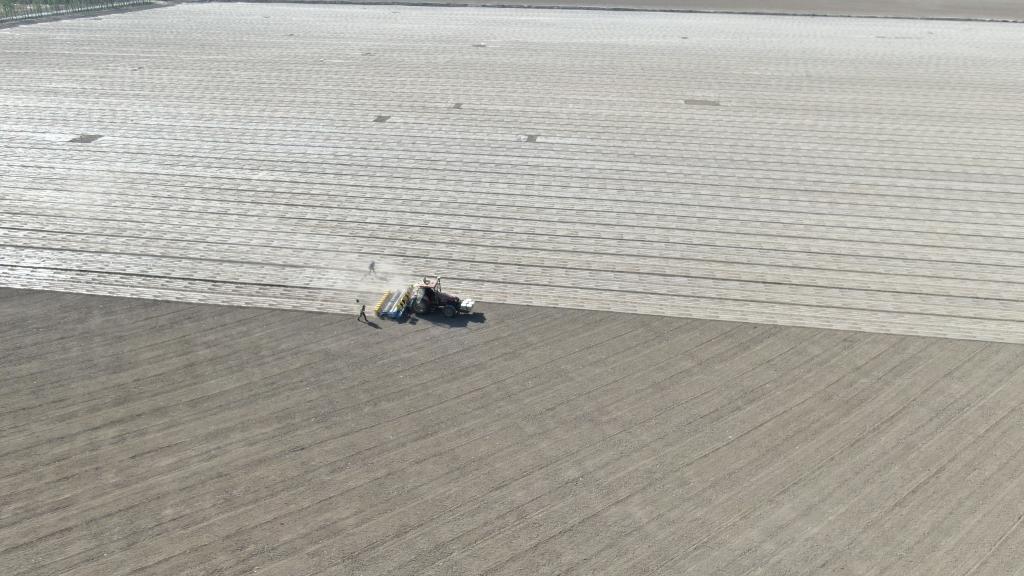
An aerial drone photo taken on April 23, 2024 shows a sowing machine working at a cotton field in Shawan City, northwest China's Xinjiang Uygur Autonomous Region. (Photo by Ma Jinming/Xinhua)
After light rain, fields as far as the eyes can see are ready to be sown in northwest China's Xinjiang Uygur Autonomous Region, the country's largest cotton-producing region.
In late spring, He Hongtao, the 51-year-old farmer in charge of the local Shuangquan Agricultural Cooperative, sniffed out the urgency.
The overcast weather and dropping temperatures had delayed the cooperative's cotton-planting schedule yet again, but once the skies began to clear, He hastened to the cotton fields he has worked for half of his life.
Xinjiang contributed more than 90 percent of China's cotton output last year, harvesting a total of 5.12 million tonnes of cotton. And Shawan City, where He resides, is one of the region's largest cotton production bases. Local cotton farmers have their own encouraging stories to tell behind the development of cotton farming on this land.

Haila Cherza operates at a cotton field in Shawan City, northwest China's Xinjiang Uygur Autonomous Region, April 23, 2024. (Photo by Ma Jinming/Xinhua)
PROFESSIONAL FARMERS
Haila Cherza, a 66-year-old cotton farmer and a member of the Kazak ethnic group, is a field steward for the Shuangquan Agricultural Cooperative, excelling in the management of local cotton fields.
Managing 1,500 mu (about 100 hectares) of cotton fields, he often uses a tractor to transport necessary agricultural supplies to the fields at the crack of dawn.
The experienced field steward has been planting cotton for about four decades and now oversees the operations of driverless planting machinery. He also provides support and guidance for other farmers to ensure a bumper harvest.
This scientific management system is attributable to collective wisdom.
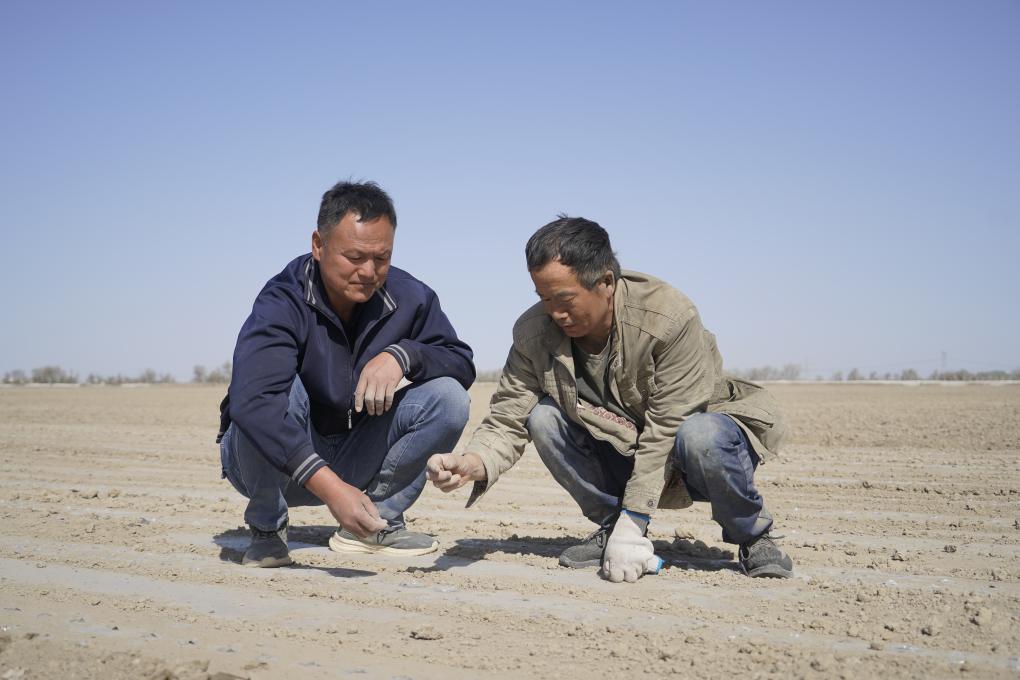
He Hongtao (L) works at a cotton field in Shawan City, northwest China's Xinjiang Uygur Autonomous Region, April 23, 2024. (Photo by Ma Jinming/Xinhua)
Twenty years ago, fragmented land distribution to every household in Shawan meant farming was extremely arduous and time-consuming. Disagreements over water and land resources were common among cotton farmers.
In 2013, He Hongtao, then Party secretary of Shaofangzhuangzi Village in Shawan, gathered the local farmers to found a specialized agricultural cooperative and invited them to become its shareholders.
Merging the separated cotton fields into a vast expanse of collective plots, the cooperative now manages cotton production as a whole and distributes stable dividends to the farmers at the end of each year.
Solidarity in resource distribution has greatly improved the efficiency of irrigation and planting work, reducing labor in the fields.
"Spring sowing, which used to take us a whole month, can now be completed in just one week," He said, adding that the local farming incomes have also increased significantly, with farmers receiving average annual dividends of 1,500 yuan (about 211 U.S. dollars) to 2,400 yuan per mu.
Agricultural workers like He and Haila Cherza have brought more scientific management and systematic arrangement models to local cotton production.
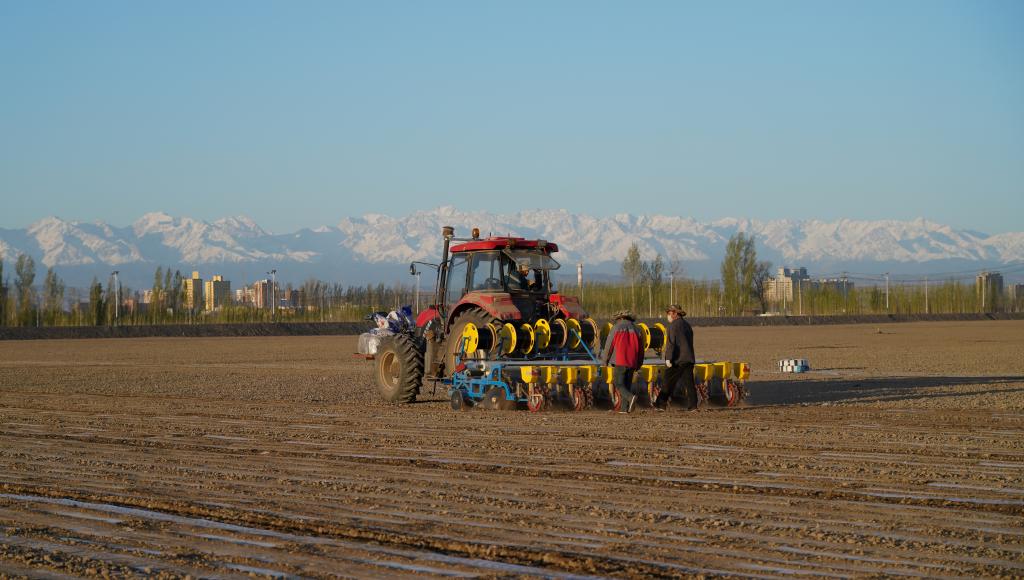
Farmers prepare a cotton sowing machine at a field in Shawan City, northwest China's Xinjiang Uygur Autonomous Region, April 19, 2024. (Xinhua/Aman)
MECHANIZED, SMART FARMING
As technology continues to advance, Shawan and other production bases in Xinjiang are embracing the unstoppable trend of agricultural mechanization.
Han Bo was the first in Shawan to buy a foreign-made cotton-picking machine. In 2008, when Han introduced the 2-million-yuan machine to the local fields, workers earned some 100,000 yuan by picking cotton in fields of over 1,000 mu. That was barely enough to afford the loan interest generated by the purchase of the machine.
"The foreign machines failed to fit our local conditions. For example, one foreign cotton-picking machine was designed to have a heavy front and a lighter rear, making it unsuitable for operations in different plots," Han recalled. "Once it hit the road, the rear tended to lift out of control."

Workers refit agricultural machines at a workshop of Han Bo in Shawan City, northwest China's Xinjiang Uygur Autonomous Region, April 18, 2024. (Xinhua/Aman)
With experience in machine repairs -- and out of his love for tinkering with machinery -- Han decided to modify the cotton picker himself. He added fire extinguishers, which helped eliminate fire hazards and improved the weight distribution.
Later, the machine's foreign producers took notice of Han's novel idea and adopted his adjustment as standard for their products.
Currently, Han and his team are working on more machinery design improvements, with more than 10 patents under their belt that have greatly boosted the efficiency of local cotton production.
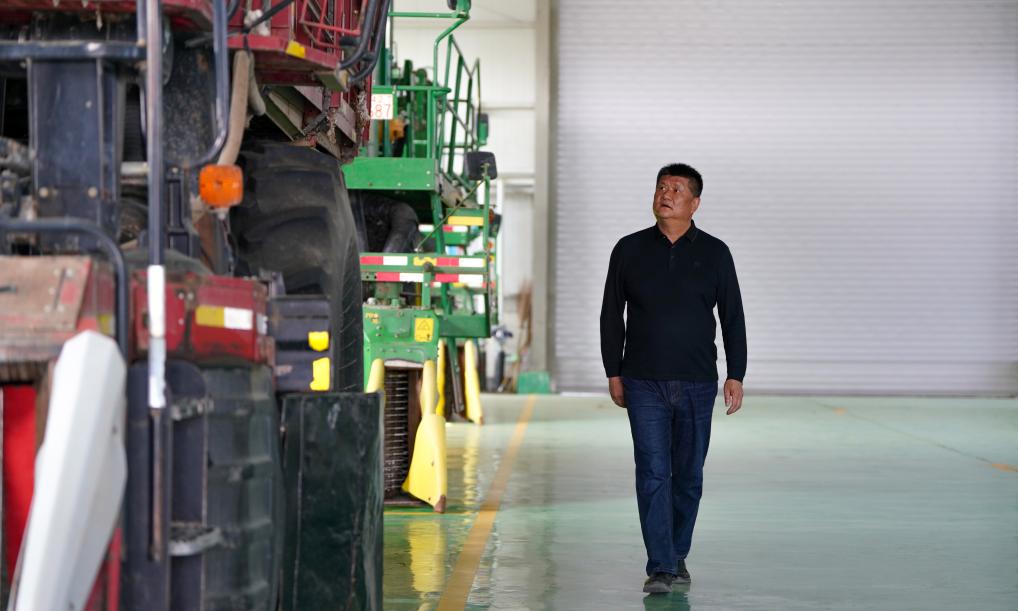
Han Bo checks agricultural machines at a workshop in Shawan City, northwest China's Xinjiang Uygur Autonomous Region, April 18, 2024. (Xinhua/Aman)
Today, Shawan City alone has over 540 cotton-picking machines, and its cotton fields have an overall mechanization rate of more than 97 percent. Last year, Xinjiang deployed nearly 7,000 cotton-picking machines, bringing the region's total mechanization rate to over 85 percent.
And more than just these machines are contributing to Xinjiang's modernized farming. Intelligent facilities and technologies, including unmanned farms built using big data, artificial intelligence and 5G, are also having a huge impact. And thanks to the joint efforts of diligent farmers, universities and research institutes, local vocational schools have also launched courses on intelligent agricultural machinery.
"Xinjiang's cotton farmers have developed themselves into more professional farmers in this new era, and work in the fields is now more about management than mere labor," Han said.

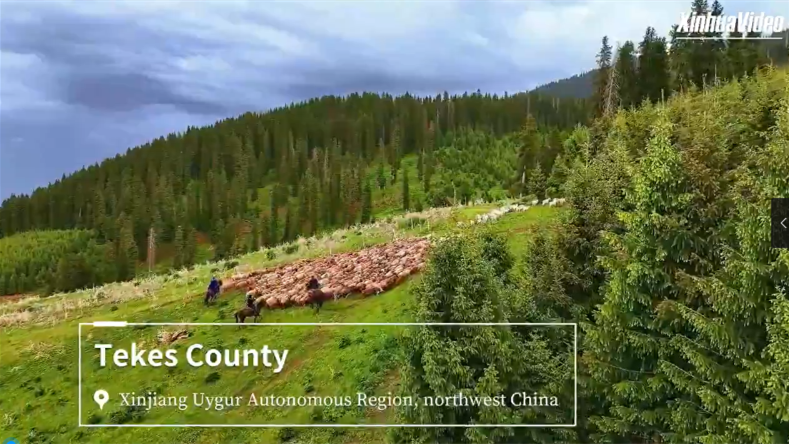
.png)
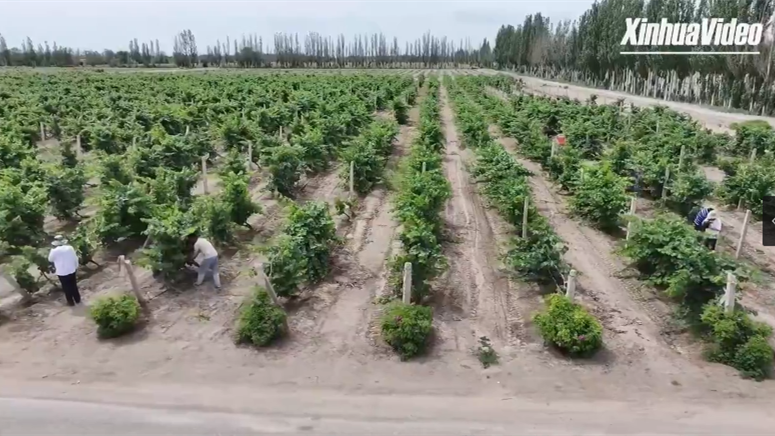
.png)

.png)




